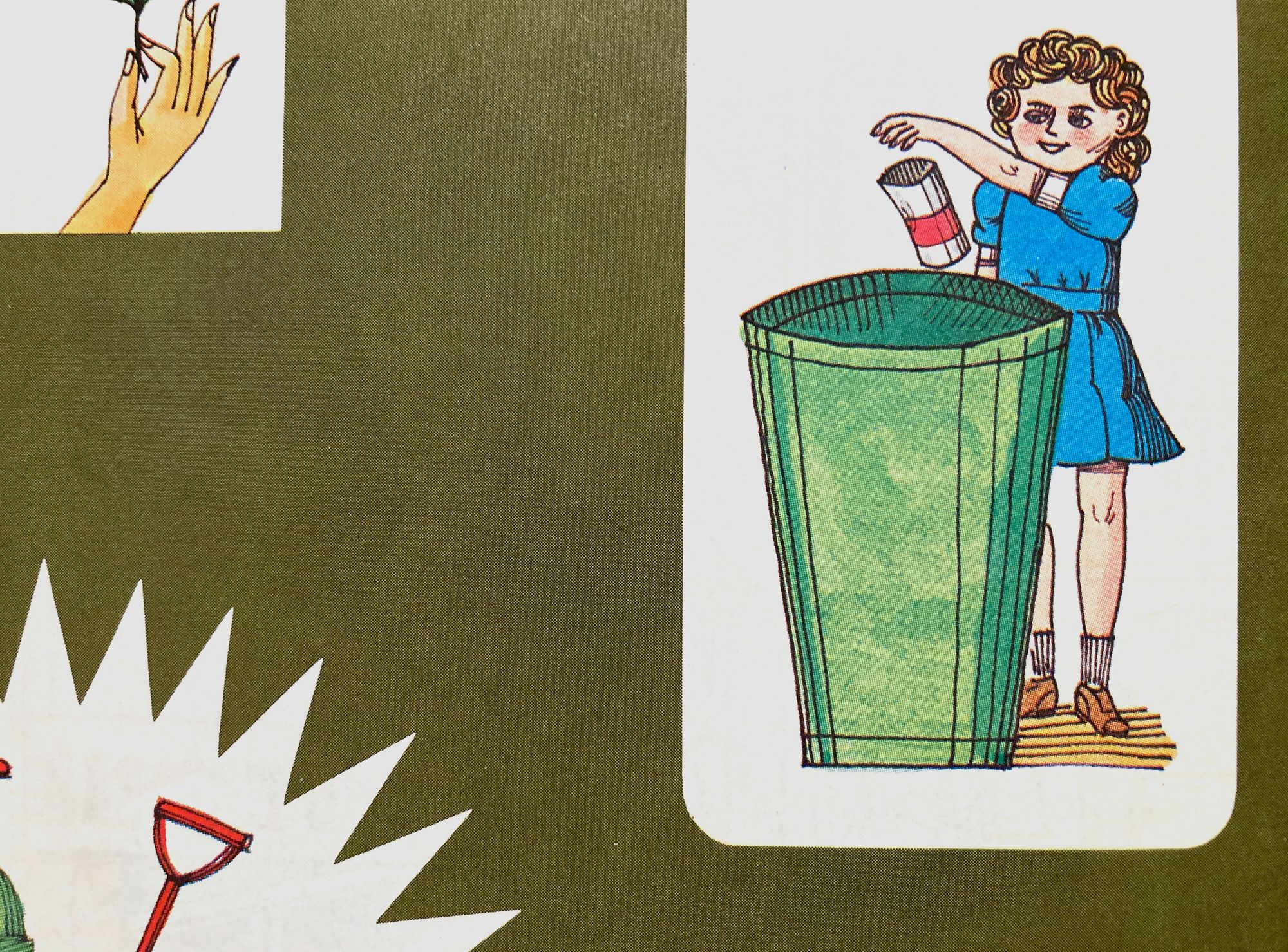Know when to hold 'em. Know when to fold 'em. Know when to walk away.

Lesson 1: How to let go.
I was lucky to learn the lesson of how to let go of ideas in my college ceramics class. You could work really hard on a piece for weeks – working the clay, sculpting or throwing it, drying it – only to have it blow up in the kiln right at the end of the process over a tiny air bubble in the clay. It happened to everyone, and we were taught to let it go and start over. There's always more clay.
One of the hardest things in design is knowing when to let go of an idea. You might realize something is not working even though you love it. Maybe the client didn't buy it. Maybe it's a great idea for another time or another client. Either way you have to let it go. Somewhere I read about an account exec who said, "your ads are with Jesus now."
I also operate on the three strikes rule. You can show a client an idea and maybe they have changes. You make the changes, but try to keep what is good about the idea. Maybe they have changes for the better. Then they want a second round of changes. You make the changes or maybe push back about some because you still want the idea to be good and serve the goal. But on the third round, you probably need to accept defeat. You make the changes. It's probaby not as effective a communication. We call that "spaghetti." Don't ask me why. But when a project gets to that point where you have to let go of the original idea and the client is calling the shots, you suck it up and make the changes and call it spaghetti. It's not a good feeling – let go and move on.
One strategy I use is to add the concept (or my favorite version of the concept) to a folder that I can add to my portfolio. Or even just keep it as a file to remind myself of that idea. If it's a good idea, I can still show it and use it as self-promotion.
In a Q&A, Bruce Mau Design's Creative Director, Alex Boland says that one of his biggest challenges was dealing with killed ideas. But he goes on to say, "Ideas are free. Use as many as you want. And if that one doesn’t pan out, remember that there’s always another one right around the proverbial corner."

Lesson 2: How to walk away.
When you're working with others, assuming you have chosen people that are talented and know their job, sometimes it's best to get out of their way and let them do it.
This happened recently on a photoshoot. It was the last shot of the day and I kept going back and forth with the photographer on this one shot. "How about we try this? No, what about that? What if we do this?" I realized that I was contribuing to a neverending circle, and I stopped and walked away. Not in an angry way, just an I'm going to give you some space kind of way. I went to check my phone and ten minutes later she called me over to see the shot. It was perfect. There are times to be helpful and lend a hand or make a decision, and there are times to get out of someone's ear and let them do their thing.
So, when should you walk away:
• If your feedback doesn't seem to be helping the situation
• If you realize you don't quite know how to fix it
• You realize you need to give someone the space to work it out
Don't walk away if:
• Someone is really struggling and needs help
• Someone is asking for your opinion
• Keep in mind you're walking away temporarily, not walking out on the situation
For the Designer:
It's hard but learn to let go. But it can create unnecessary stress for yourself. I'm guessing you have enough stress. Make a folder of killed ideas that you still love. They can continue to exist. You can use them for your portfolio. Maybe it just wasn't the right time or right place and you'll have something in your back pocket when it is. There is always another idea.
Learn the right time to walk away. This may take some experience, but remember you're not walking out on someone or a problem, you're taking a break for ten minutes. If there's still an issue when you get back, then deal with it, but taking a step back may help you as well.
For the Client:
We're trying to communicate something for you. If you don't like an idea, that's perfectly fine. Revisions happen. Sometimes for the better. But if you buy into an idea and then revise the hell out of it, this typically just moves into spaghetti territory, and away from your original goal. If there is new information or a new goal, let's talk about it. It can be better to start fresh than to shoehorn an idea into something it's not.
Walking away could be a lesson for you as well. Everybody take a step back and let the designer do their job of trying to meet the goal. Many times, clients work too hard to figure out how to solve the issue for the designer, rather than expressing what the bigger issue is. For example, trying to solve the issue too specifically might be, "Could you try using Comic Sans?" Instead of expressing the larger issue, "I think the design is missing a fun element." The latter gives the designer space to solve the problem appropriately.


